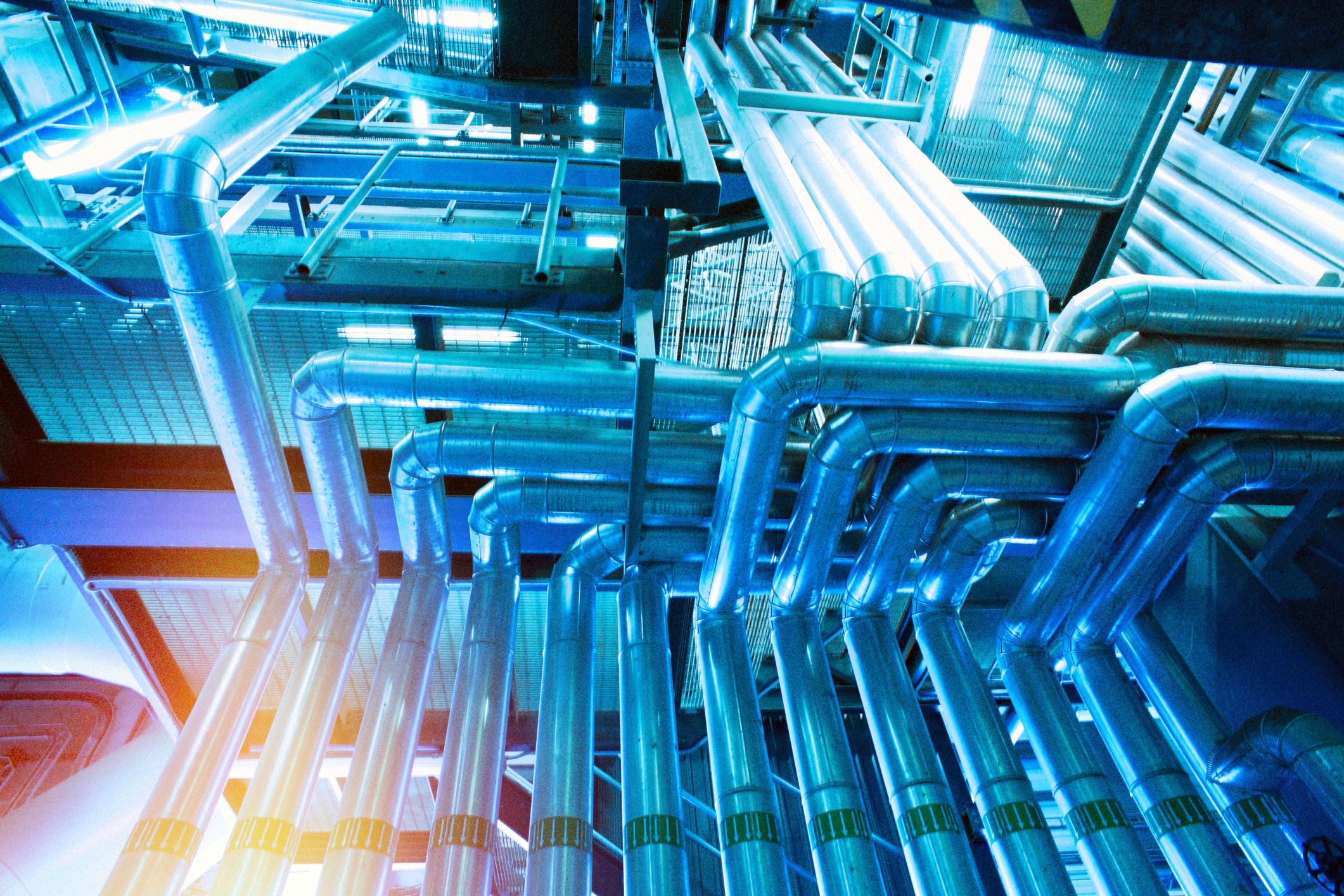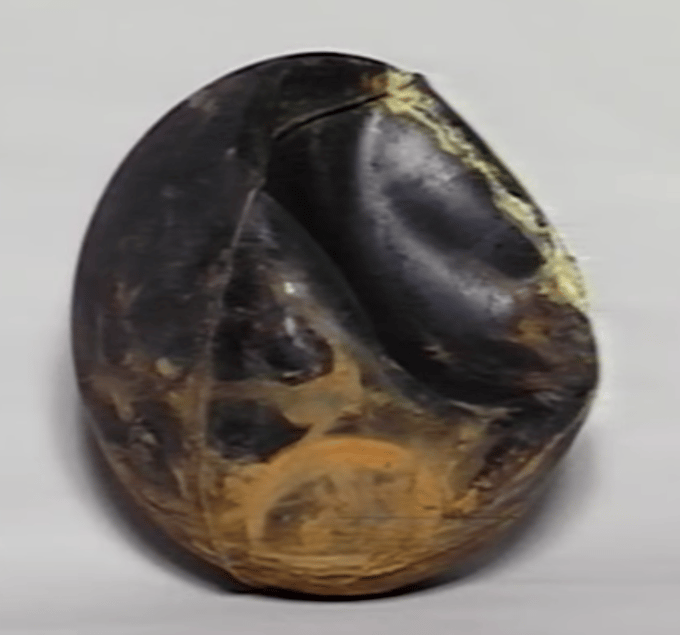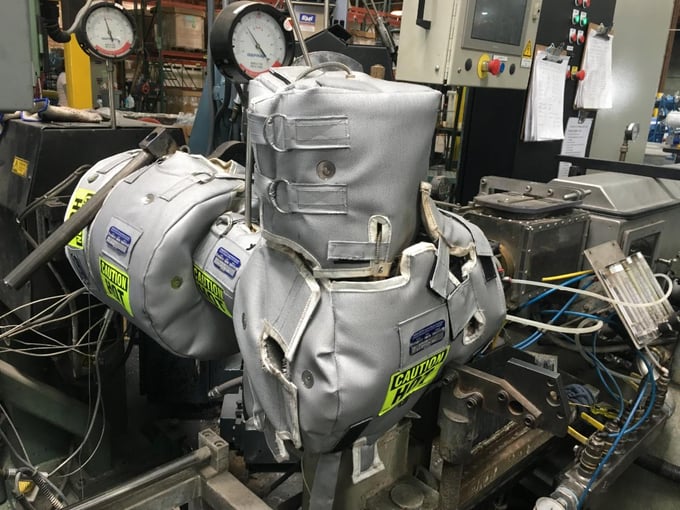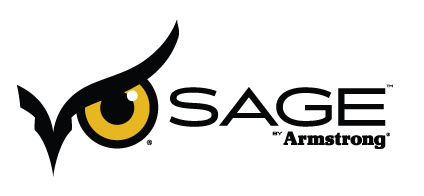Don't Risk Your Reputation! Why Using Clean Steam Matters for Your Facility
 Steam is the most reliable, clean and energy-efficient way to transfer heat in many different applications. It’s used in a wide range of industries (including food and beverage processing) for purposes such as heating/sterilization, atomization, humidification, moisturization, cleaning, propulsion and many more processes.
Steam is the most reliable, clean and energy-efficient way to transfer heat in many different applications. It’s used in a wide range of industries (including food and beverage processing) for purposes such as heating/sterilization, atomization, humidification, moisturization, cleaning, propulsion and many more processes.
In the food and beverage processing industry, for example, steam can be applied in many processes from product manufacturing to equipment cleaning. The three main types of steam used in this industry include:
- Plant steam – This is a type of steam generated by a boiler and used in processes that do not involve direct contact with a food product.
- Culinary steam – This type of steam does what the plant steam can’t do. It is used in processes that require direct steam injection into a food product or for cleaning and sterilizing surfaces that come into contact with food materials. Additives are added into culinary steam to help prevent corrosion and scaling in boilers, so it has to be carefully filtered before coming in contact with a food product to avoid contamination. It’s good to note that all additives employed in culinary steam processes should meet the necessary FDA and USDA regulations.
- Pure steam – It is also referred to as “hygienic steam,” and doesn’t contain any additives. Pure steam is generated by boiling untreated water, and it’s typically utilized in the production of organic products with restrictions on the use of additives and chemicals.
What Is Clean Steam And Why Does It Matter?
Clean steam often comes in direct contact with food products – mainly through injection. For example, direct injection of clean steam into large vats of processed foods is one way of cooking them. In other areas, such as pharmaceutical industries, the steam is used to clean and sanitize surfaces or tools used in processing different products. In all these applications, the steam is generated and passed through piping systems that often end up in nozzles or small orifices which can be easily contaminated by impurities in the steam.
Using clean steam is vital in all industrial processes, particularly those demanding high levels of purity assurance. It’s also currently the regulatory standard for many facilities at risk of contamination from plant particulates. Using unfiltered or unclean steam will easily result in product contamination and potential equipment downtime. It is not worth the risk as it can be costly money-wise and damaging to your brand’s reputation. It can also expose your facility to liability issues for failure to meet regulatory standards.
What Is Steam Filtration And How Does It Work?
Steam filtration systems are equipment used in processing facilities to remove particulate contaminants found in steam including scale, rust, dust and sediments. The systems contains a fine, stainless steel filter element that can sieve particles ranging from 1 to 5 microns in size. Steam filtration ensures that your products are free of impurities that could potentially give them an undesired taste, smell or final appearance. They also help you avert all the problems of using unclean steam mentioned above.
Clean steam is crucial for any high-purity industrial processes, particularly those where steam comes into contact with products or production surfaces and tools. If you want advice on the best grade of steam to use for your applications, or if you want to install a steam filtration system (or improve your existing one), contact the experts at Calpacific Equipment today!






